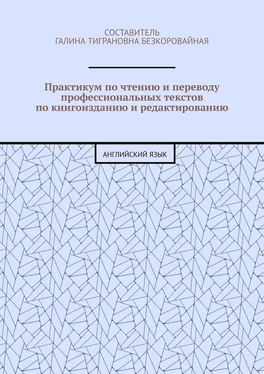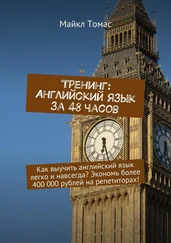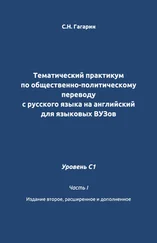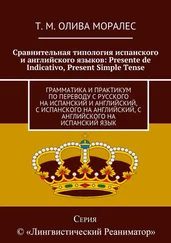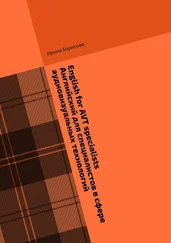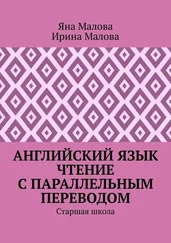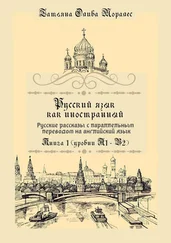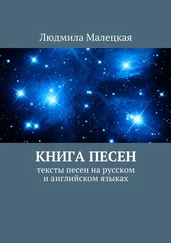25. abbreviations – сокращения
26. selection of headings – выбор заголовков
27. citation of references – цитирование источников
28. presentation of statistics – выкладки статистики
2. Read the text below:
http://en.academic.ru/dic.nsf/enwiki/113672#Scholarly_books_and_journals
SCHOLARLY BOOKS AND JOURNALS
Editors of scholarly books and journals are of three types, each with particular responsibilities: the acquisitions editor (or commissioning editor in Britain), who contracts with the author to produce the copy, the project editor or production editor, who sees the copy through its stages from manuscript through bound book and usually assumes most of the budget and schedule responsibilities, and the copy editor or manuscript editor, who performs the tasks of readying the copy for conversion into printed form.
The primary difference between copy editing scholarly books and journals and other sorts of copy editing lies in applying the standards of the publisher to the copy. Most scholarly publishers have a preferred style guide, usually a combination of Merriam-Webster’s Collegiate Dictionary and either the Chicago Manual of Style , the MLA Style Manual , or the APA Publication Manual in the US or New Hart’s Rules [based on «Hart’s Rules for Compositors and Readers at the University Press, Oxford» (1893)] in the UK. Since scholars often have strong preferences, very often a publisher will adopt different styles for different fields. For instance, psychologists prefer the APA style, while linguists might prefer the MLA style. These guidelines offer sound advice on making cited sources complete and correct and making the presentation scholarly.
Technical editing
Technical editing involves reviewing text written on a technical topic, and identifying errors related to the use of language in general or adherence to a specific style guide.
This activity ensures that documentation is of good quality. In large companies, experienced writers are dedicated to the technical editing function; in organizations that cannot afford dedicated editors, experienced writers typically peer-edit text produced by their relatively less experienced colleagues.
It helps if the technical editor is familiar with the subject being edited, but that is not always essential. The «technical» knowledge that an editor gains over time while working on a particular product or technology does give the editor an edge over another who has just started editing content related to that product or technology. In the long run, however, the skills that really matter are attention to detail, the ability to sustain focus while working through lengthy pieces of text on complex topics, tact in dealing with writers, and excellent communication skills.
Revising is also another form of editing. It is looking for awkward sentences, run-on sentences, and in general parts of the paper that don’t make sense to the editor. Usually the writer revises his/her copy before turning it in.
A publication’s editor in chiefis its primary editor, having final responsibility for the operations and policies. The term is generally applied to newspapers, magazines, and yearbooks.
A Book Editoris role within Book Publishing, which involves being a substantive editor, production editor and copyeditor all rolled into one. This is very much the case with smaller publishers and the Book Editor, may even have to be a Designer as well. Skills that make a good Book Editor are naturally Literary skills and a love of books, but also design and an ability to feel that a page layout is correct. Skill is also needed in choosing the right fonts for text and headers, as well as the ability to use Computers and Software.
Comments:
Merriam-Webster’s Collegiate DictionaryWhere can you find lots of words for little money? The Merriam-Webster Online Storeis home to a wide array of budget-friendly dictionaries and reference works, with many titles priced well under ten dollars
American Psychological Association( APA)
When editors or teachers ask you to write in APA Style, they do not mean writing style. They are referring to the editorial style that many of the social and behavioral sciences have adopted to present written material in the field.
Editorial style consists of rules or guidelines that a publisher observes to ensure clear and consistent presentation of written material. Editorial style concerns uniform use of such elements as
• punctuation and abbreviations
• construction of tables
• selection of headings
• citation of references
• presentation of statistics, and
• many other elements that are a part of a manuscript
The American Psychological Association has established a style that it uses in all of the books and journals that it publishes. Many others working in the social and behavioral sciences have adopted this style as their standard as well
MLA (Modern Language association) style has been widely adopted by schools, academic departments, and instructors for over half a century. The association’s guidelines are also used by over 1,100 scholarly and literary journals, newsletters, and magazines and by many university and commercial presses. The MLA’s guidelines are followed throughout North America and in Brazil, China, India, Japan, Taiwan, and other countries around the world.
3. Answer the following questions:
1. What types of scholarly editors do you know?
2. What do each of them do?
3. What is the difference of scholarly editors?
4. How do you define the technical editing?
5. What is a Book editor?
6. What should the Book editor possess?
7. How can you comment on the following: «Skill is also needed in choosing the right fonts for text and headers, as well as the ability to use Computers and Software»?
4. Translate the sentences into Russian:
1. The primary difference between copy editing scholarly books and journals and other sorts of copy editing lies in applying the standards of the publisher to the copy.
2. Most scholarly publishers have a preferred style guide, usually a combination of Merriam-Webster’s Collegiate Dictionary and either the Chicago Manual of Style , the MLA Style Manual , or the APA Publication Manual in the US or New Hart’s Rules [based on «Hart’s Rules for Compositors and Readers at the University Press, Oxford» (1893)] in the UK.
3. Technical editing involves reviewing text written on a technical topic, and identifying errors related to the use of language in general or adherence to a specific style guide.
4. The «technical» knowledge that an editor gains over time while working on a particular product or technology does give the editor an edge over another who has just started editing content related to that product or technology.
5. Revising is also another form of editing. It is looking for awkward sentences, run-on sentences, and in general parts of the paper that don’t make sense to the editor.
6. A Book Editor is role within Book Publishing, which involves being a substantive editor, production editor and copyeditor all rolled into one
7. Skill is also needed in choosing the right fonts for text and headers, as well as the ability to use Computers and Software.
5. Give the English equivalents from the text given above:
Определенные обязанности; от рукописи до книги в переплете; применение стандартов издания к книге; состоять из правил; большинство издателей учебников; не имеет значения для редактора; определенный продукт; неуклюжие предложения; не иметь смысла; обладать ответственностью ха конечный продукт; содержание; опытные писатели; адаптировать разные стили для разных отраслей; все в одном; литературные навыки; любовь к книгам; заголовок; умение использовать компьютер и программное обеспечение.
Читать дальше
